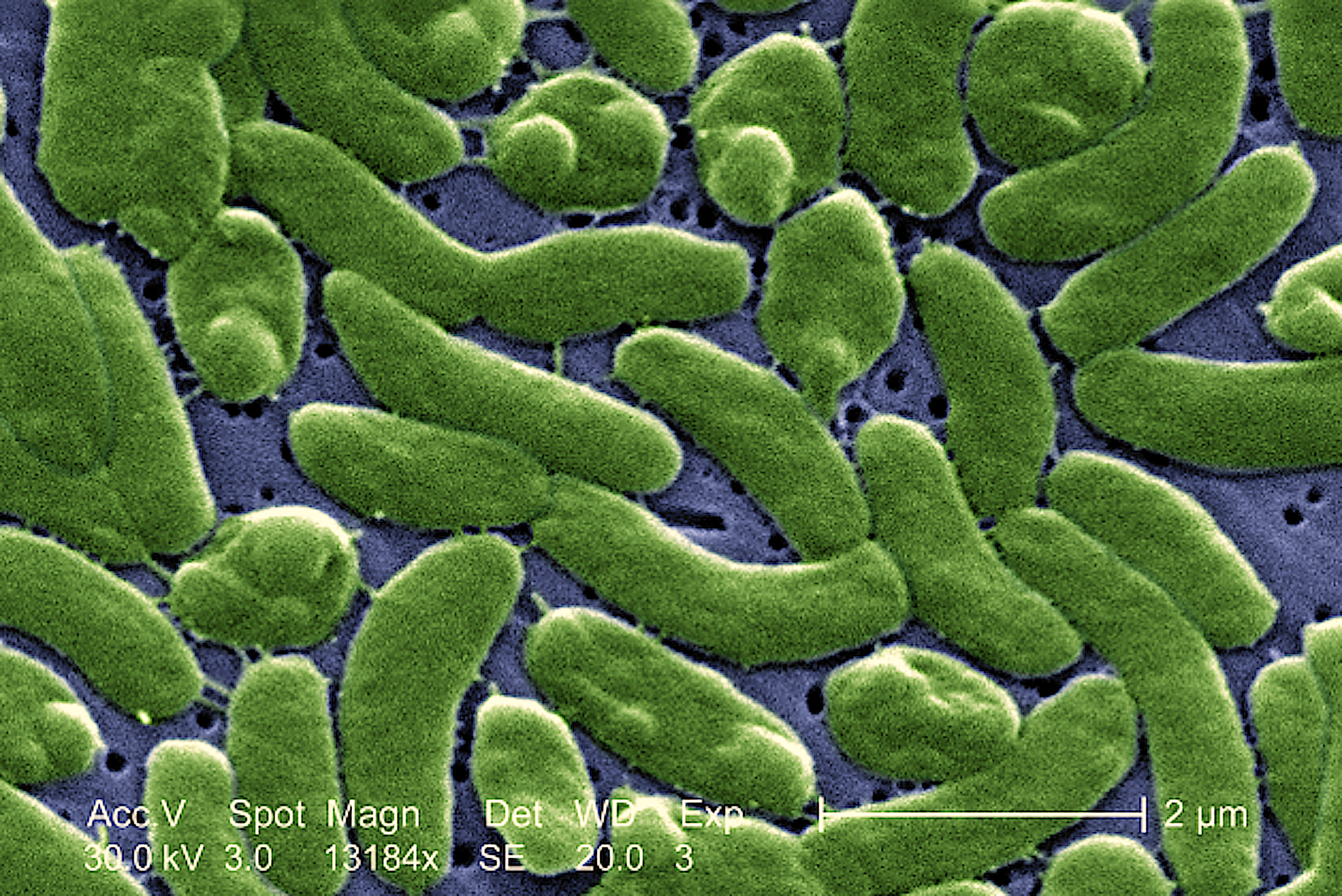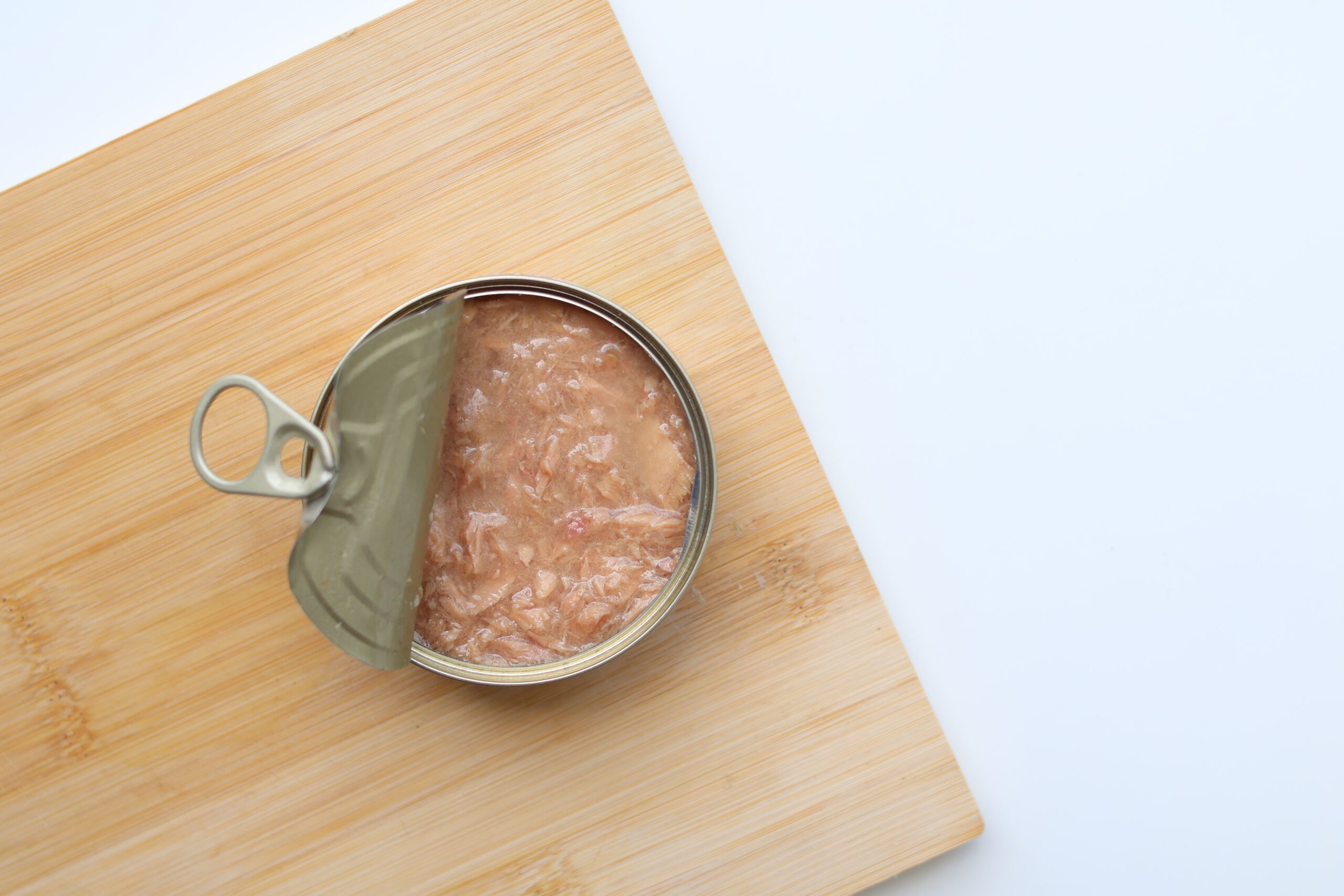How Can We Avoid Vibrio Infections?

Safety guidelines can help you steer clear of Vibrio infections. And you can learn when it’s time to get help.
Are you seeing Vibrio in the news stories or in seafood safety notices? Why and how could it matter to you?
Take a few minutes to learn more about how Vibrio bacteria can be an issue for folks who work on or otherwise enjoy our waters and our seafood.
Vibrio bacteria naturally inhabit coastal waters, and their populations typically increase from May to October as seawater warms. Coastal waters have been warmer this summer.
Recent news stories have reported that Murray Bridges, known as the “Crab Father of Colington,” died on August 22 after contracting a bacterial infection from open-wound that had been to sound water. Bridges was a long-time collaborator with North Carolina Sea Grant in advancing the soft crab industry in our state. His loss is felt not only in his Outer Banks community but by many whom he had mentored, and countless chefs and consumers who have enjoyed his bounty.
Earlier, the North Carolina Department of Health and Human Services (NCDHHS) reported three fatalities occurred in July 2023 from the Vibrio bacteria. According to NCDHHS, 47 cases and 8 deaths from vibriosis — an infection cause by Vibrio bacteria — have occurred since 2019.
While infected wounds have had recent attention, most people develop vibriosis after consuming raw or undercooked shellfish, especially oysters. That is because clams and oysters filter water in and over their gills to capture microscopic algae for food. As they filter, Vibrio bacteria and other harmful germs can concentrate in their flesh.
That filtering process also can include pollution from runoff — and that is why shellfish waters are often closed temporarily after tropical systems pass, even unnamed storms with heavy runoff, and why some waters are closed permanently to shellfish harvests.
Vibrio’s Effects
The U.S. Centers for Disease Control estimates Vibrio bacteria cause at least 80,000 illnesses, 500 hospitalizations, and 100 deaths yearly in this country; eating contaminated seafood causes about 52,000 infections. Healthy people who contract mild cases of vibriosis recover in about 72 hours, and they typically experience diarrhea and vomiting, the agency reports.
Those most at risk for all Vibrio infections include people with weakened immunity caused by cancer, diabetes, or chronic liver disease; people receiving immune-suppressing therapy; people on medication to decrease stomach acidity; and, people who have had recent stomach surgery.
Certain Vibrio bacteria also can cause severe skin infections when open wounds are exposed to saltwater or brackish water, which occurs where the fresh waters of rivers meet the sea. These life-threatening wound infections need intensive medical care, and, in extreme cases, limb amputation. Roughly 20% of people who develop this type of Vibrio infection die within 24 to 48 hours of becoming ill.
Signs of potentially life-threatening infection include: redness, pain, swelling, discoloration, and ooze at a wound site, as well as fever. Blistering skin lesions, chills, severely low blood pressure, and fever indicate an infection has spread to the bloodstream.
Although Vibrio is not a new bacterial threat, warmer seas due to climate change could drive more bacterial infections in coastal states.
Steps to Avoid Infections
To reduce your risk of contracting a Vibrio infection, do the following:
• Stay out of saltwater or brackish water if you have a wound, including from a recent surgery, piercing, or tattoo.
• Cover wounds with a waterproof bandage if they could come into contact with saltwater, brackish water, or the juices of raw or undercooked seafood.
• If an open wound has been exposed to seawater or raw seafood juices:
- Thoroughly wash the wound with soap and water.
- Flush the wound with hydrogen peroxide or antiseptic solutions, such as Betadine.
- Flush the wound with bottled drinking water (if soap and antiseptic solutions are unavailable).
• Before consumption, cook fish and shellfish to 145° F. For live shellfish in particular, boil clams and oysters until their shells open and then continuing boiling another 3 to 5 minutes. Or, place shellfish in a pot with boiling water, and steam them 4 to 9 minutes. Shucked oysters should be boiled for at least 3 minutes, fried in oil for at least three minutes at 3750F, or baked at 4500 F for 10 minutes.
If You Become Infected
People with mild cases of vibriosis from eating raw seafood should stay hydrated to replace fluids lost to diarrhea and vomiting. Alert medical providers immediately if you are in a higher-risk category or you become very ill.
Promptly contact a physician if an open wound that has been exposed to coastal waters becomes red, painful, or swollen, or if you experience blistering skin lesions, especially if these symptoms are accompanied by fever and chills.
For more information on Vibrio infections, minimizing risks, and safe seafood preparation:
Centers for Disease Control and Prevention
North Carolina Department of Health and Human Services
North Carolina Department of Environmental Quality
CDC alert September 1, 2023:
Severe Vibrio vulnificus Infections in the United States Associated with Warming Coastal Waters
BY J. BARRY NASH
lead photo credit: James Gathany/CDC.
The text from Hook, Line & Science is available to reprint and republish at no cost, but only in its entirety and with this attribution: Hook, Line & Science, courtesy of Scott Baker and Sara Mirabilio, North Carolina Sea Grant.

- Categories:



